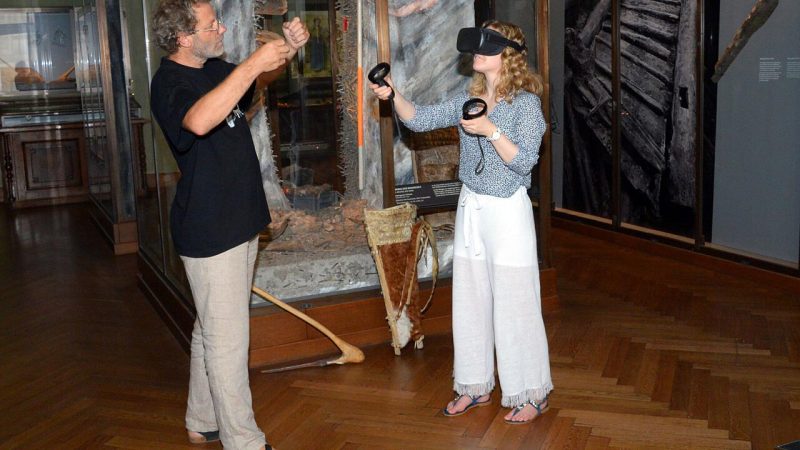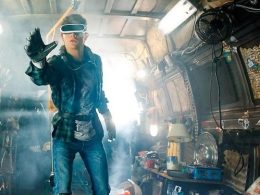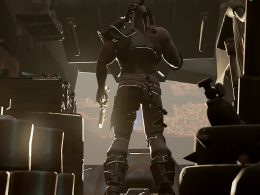The salt mines in Hallstatt are the oldest cultural and industrial landscapes in the world. In future, visitors to the Austrian salt mines will be able to travel back in time with VR.
Salt has been mined in Hallstatt for around 7000 years. The Hallstatt mining halls were around 300 metres long and 30 metres wide. Two catastrophic mudslides and mountain pressure have closed these largest prehistoric mines that have ever been documented. However, the archaeologists from the Natural History Museum Vienna, who have been digging in Hallstatt for 60 years, have delved deep into the former underground world with numerous research tunnels.
And thanks to modern technology, they can now make the old tunnels and halls accessible to the public. VR makes it possible. With the help of goggles and controllers, recreational cave explorers will in future be able to move through a deceptively realistic recreation of a mining world. And without having to enter the real mountain.
VR glasses bring everyday life in the mine to life
Equipped with virtual reality goggles and two controllers, visitors can now follow in the footsteps of Bronze Age salt workers. Everyday life in the salt mine from around 1,300 BC was recreated for the visualisations. Every detail, from the mine rooms and tunnels to clothing, tools and processes, is based on decades of archaeological research. You can navigate through the gigantic halls using the controller and click on the objects you find. For example, one of the many pieces of bacon that can be found in the virtual mining hall. With a click, the visitor learns that Hallstatt was the largest meat producer in Europe during the Bronze Age.
The system, which was developed at a cost of 400,000 euros, will be presented on Saturday and Sunday as part of the "Archaeology on the Mountain" event in the Alte Schmiede in Hallstatt. In future, the new VR offer will be available in the salt worlds of the Salinen Austria AG are available. The latter could break the 400,000 visitor mark for the first time this year, says Managing Director Kurt Reiter. In view of the rush of tourists, there is not only a need for offers for the masses, but also high-quality offers such as virtual walks into the shafts and mining halls of the past millennia.
Another example of how VR makes places that are otherwise difficult to access accessible.
Source: Oönachrichten / heute.at









